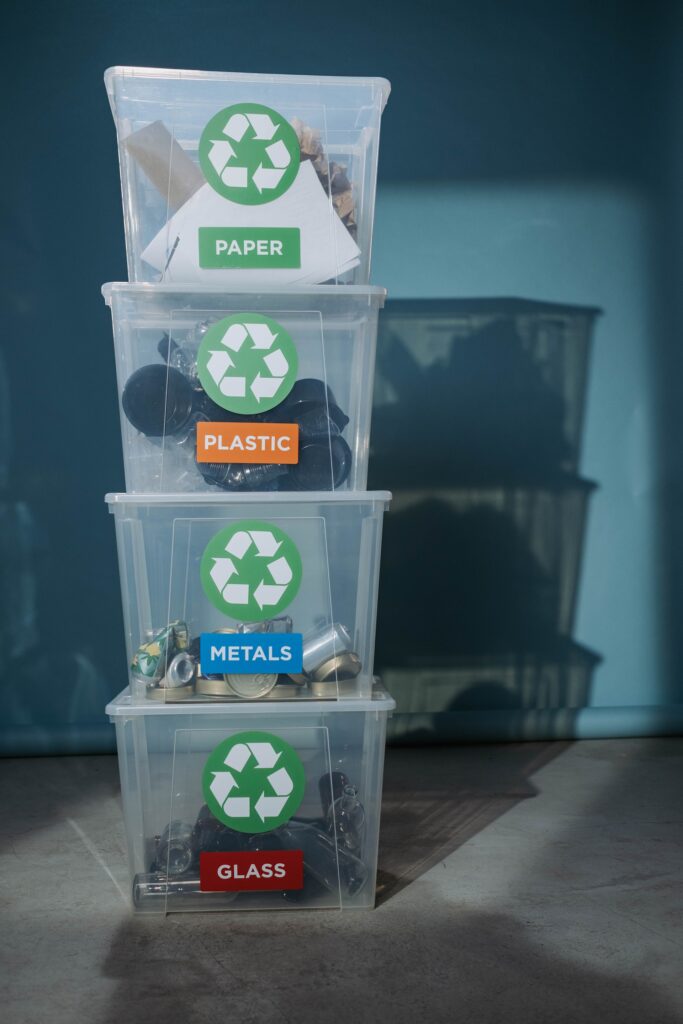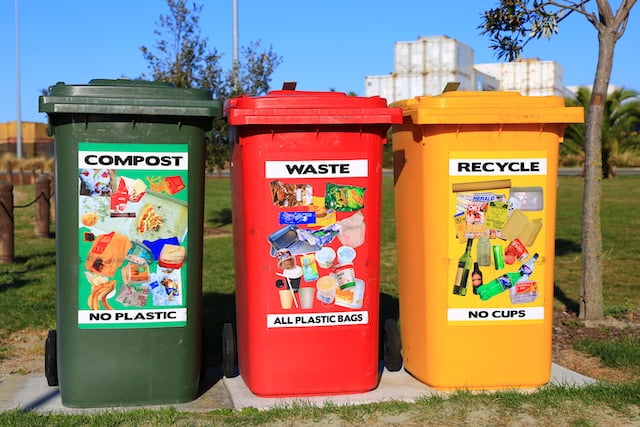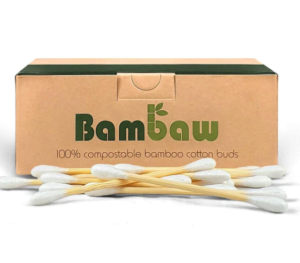Introduction
Recycling is a simple yet powerful concept that can make a significant difference to our planet. At its core, recycling involves the process of converting waste materials into new products rather than disposing of them in landfills or incinerators. By doing so, we can conserve natural resources and reduce pollution. Recycling has become an essential part of our daily lives.
We will delve into various aspects of recycling including what can be recycled, why recycle materials instead of disposing them off carelessly, how different types of recyclable material are processed after collection among other things. With each section offering insights into some fascinating facts about one aspect or another concerning Recycling in general or specifically within certain regions like Britain.
How to recycle in the UK
Recycling in the UK is a simple process that anyone can participate in. The first step is to identify what materials are recyclable and which ones are not. Commonly recycled items include paper, cardboard, plastic bottles, glass bottles and jars.
Once you have identified the recyclable materials, separate them from other waste products using designated recycling bins or bags provided by your local council. Be sure to rinse any food containers before placing them into recycling bins.
If you’re unsure about where to recycle certain items such as electronics or batteries, check with your local council for information on their collection services or drop-off points.
It’s important to note that some items such as black plastics cannot be recycled due to their colouring agents and should be disposed of properly through regular waste channels.
Remember that every little bit counts when it comes to recycling. By doing your part and following these simple steps, you can help reduce waste and preserve our planet for future generations.
What products can be recycled
In the UK, a wide range of products can be recycled. Here are some common examples of products that can be recycled:

Glass: Glass bottles and jars, such as those used for beverages or food products, can be recycled.
Paper and Cardboard: This includes newspapers, magazines, cardboard packaging, office paper, and cardboard boxes.
Plastics: Many types of plastic containers and packaging can be recycled, such as plastic bottles (water bottles, soda bottles), milk jugs, detergent bottles, plastic food containers, and plastic bags.
Metals: Aluminium and steel cans, such as those used for beverages or canned food, can be recycled. Other metal items like empty aerosol cans and aluminium foil can also be recycled.
Household Plastics: Some local authorities in the UK accept additional household plastic items for recycling, such as yoghourt pots, margarine tubs, and plastic food trays. However, accepted items may vary depending on the local recycling facilities and guidelines.
Waste Electrical and Electronic Equipment (WEEE): The WEEE Various electronic items, including computers, laptops, mobile phones, televisions, and small household appliances, can be recycled at designated collection points or recycling centres.
Batteries: Different types of batteries, such as household batteries (AA, AAA, etc.) and rechargeable batteries (laptop batteries, cell phone batteries), can be recycled to recover valuable metals and prevent environmental contamination.
Textiles: Clothing, shoes, and other textiles can be recycled, either by donating them for reuse or through textile recycling facilities.
It’s important to note that recycling capabilities may differ between local authorities and recycling facilities. Therefore, it is recommended to check with your local recycling program or council to understand which specific products are accepted for recycling in your area.
Different types of recycling
Recycling is not a one-size-fits-all solution, and there are different types of recycling that exist. Here are some common types:

Material Recycling: This involves turning waste materials into new products. For instance, plastic bottles can be recycled to make other plastic products.
Chemical Recycling: This is the process of breaking down plastics into their chemical components so they can be used again in manufacturing new products.
Composting: This type of recycling involves decomposing organic material like food scraps or lawn clippings over time to create nutrient-rich soil for gardening.
Electronic Waste (E-Waste) Recycling: E-waste includes discarded electronic devices such as phones, computers, and TVs which contain valuable metals and chemicals that can be reused if properly recycled.
Textile Recycling: Clothing and textiles can also be recycled by either repurposing them or breaking them down into fibres to make new clothing items.
It’s important to note that not all materials can be recycled using the same methods mentioned above; each requires specific procedures and processes tailored to its unique properties in order to recycle efficiently without causing harm to the environment or human health.
What are the challenges of recycling?
Recycling is a crucial aspect of waste management that helps to reduce the amount of waste sent to landfills and conserve natural resources. However, recycling comes with its own set of challenges.
One of the major challenges facing recycling is contamination. Contamination occurs when non-recyclable items are mixed with recyclable materials, making it difficult or impossible to recycle them. This can occur due to improper sorting by consumers or inadequate processing facilities.
Another challenge facing recycling is lack of awareness among consumers. Many people are not aware of what can be recycled and often throw away items that could have been recycled instead. Additionally, some people may not see the value in recycling or find it inconvenient.
Inadequate infrastructure for collecting and processing recyclables is another challenge facing recycling efforts. Some areas may not have proper facilities for collecting or processing recyclables, leading to low rates of participation in recycling programs.
Lack of government support also poses a challenge to recycling efforts. Without sufficient funding from governments at all levels, it becomes challenging for communities and organisations to invest in necessary equipment and infrastructure needed for successful recycling programs.
Did you know that through Recycling you can save money and your tax.
Addressing these challenges requires collaboration between individuals, businesses, governments, and other stakeholders involved in waste management practices. It will take effort from everyone involved in order to ensure success in reducing waste through effective implementation of sustainable practices like recycling.
Merits and Demerits of recycling
| Merits | Demerits |
| Conserves natural resources | Requires more energy and water |
| Reduces greenhouse gases emission | Chances of contamination of products |
| Boosts economy | Encourages over consumption |
| Saves the planet | Economic viability of few products |
5 simple steps for recycling
1 Separate: Begin by separating recyclable materials from your general waste. Place them in designated recycling bins or bags. Common categories include paper, cardboard, glass, plastics, and metals.
2 Clean: Before recycling, it’s important to rinse out any food residue or contaminants from containers. This helps prevent contamination of other recyclables and ensures a higher quality end product.
3 Check Guidelines: Familiarise yourself with your local recycling guidelines. Different areas may have specific requirements and accept different types of materials. Check what can and cannot be recycled in your area to avoid placing non-recyclables in the recycling bin.
4 Recycle Properly: Make sure you place the recyclables in the correct bins or bags. Follow the colour-coded labelling or any instructions provided. Improperly sorted or contaminated recycling may lead to the entire batch being rejected for recycling.
5 Reduce and Reuse and Recycle: Recycling is just one part of a sustainable waste management approach. Reduce waste by choosing products with minimal packaging and opting for reusable alternatives whenever possible. Reusing items or donating them for further use can also help minimise waste and extend the lifespan of products.
By following these five simple steps, you can contribute to a more effective recycling process and play your part in reducing waste and conserving resources.
Conclusion
By following the steps outlined above and being mindful of what can be recycled, we can make a significant impact. Separating recyclables, cleaning them, checking local guidelines, and ensuring proper disposal are essential for successful recycling. Additionally, reducing waste and reusing items whenever possible complements the recycling process and promotes a more sustainable lifestyle. Together, these efforts contribute to building a greener future, preserving natural resources, and mitigating the negative impacts of excessive waste production.
Let’s embrace recycling as a collective responsibility and continue to prioritize sustainable practices for the well-being of our planet.


[…] you choose to upcycle or recycle, either way you are contributing to better the […]
[…] Aluminium: Crafted from 100% recyclable alluminum, the roof guarantees robust and weather-resistant shelter for solitary bees. This […]